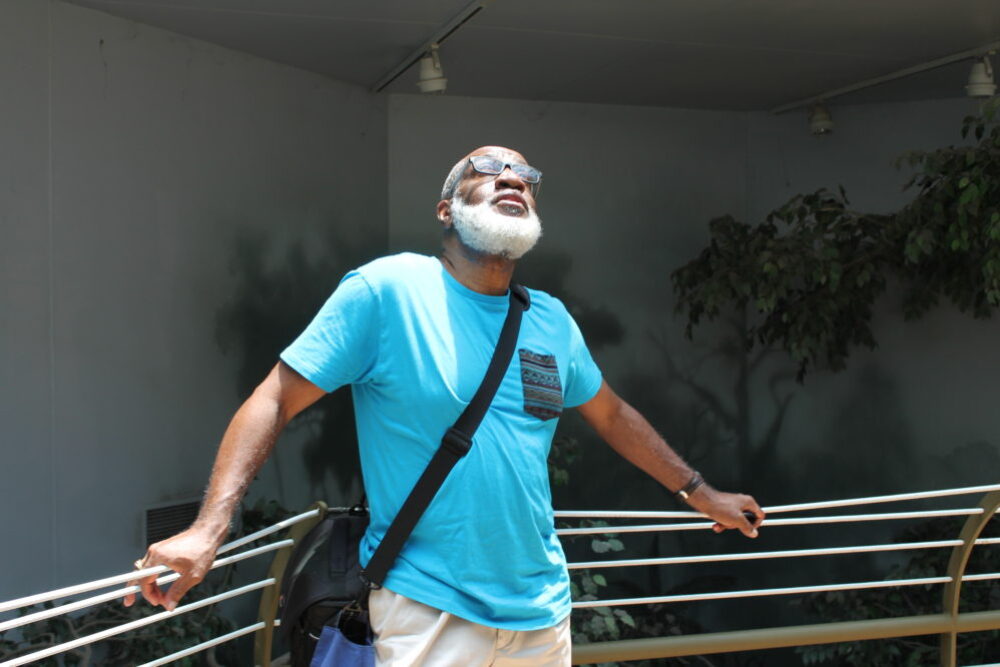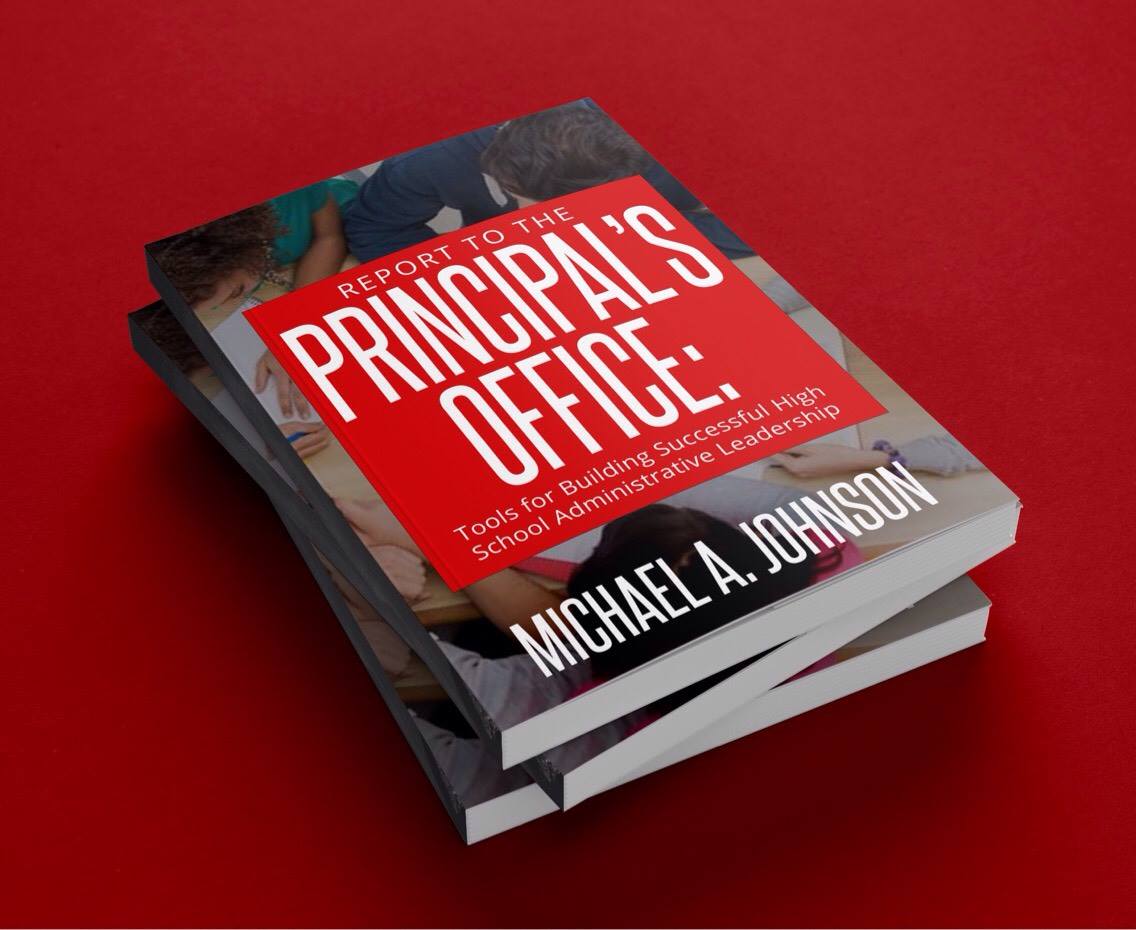As a profession, how many historically bad educational policy experiences do we need, to be reminded of the resulting and recurring problem of allowing non-pedagogues to make important pedagogical decisions?
Cell phones (aka hand-held computers), when managed properly, can serve as very effective teaching tools across multiple content areas. Furthermore, on the human side, many of our students engage in critical after-school family, social, sports, internships, and arts activities, or have employment responsibilities, and so they need cell phones as a source of practical communication. Let a district-wide team of classroom teachers, deans, guidance counselors, and school-based assistant principals and principals develop a district-wide safety and operational efficiency cell phone plan for their school district; and then let school-based teams of administrators, teachers, deans, etc., at individual schools modify the district guidelines to create a strategy for what works best in their particular school building.
Yes, there have been many instances where some student somewhere, in some classroom, has used a pencil, pen or a computer in an unintended, not so good, and perhaps, even in a dangerous way, should we then ban those writing and educational instruments from schools? The best education and best educators, study, adapt and efficaciously apply the major elements of modernity. All of these best teaching and learning learned efforts being in the service of raising student academic performance.
Let school-district and school-building leaders’ lead! After all, this is what we pay them to do (Hello!).
See Report to the Principal’s Office: Tools for Building Successful High School Administrative Leadership; Chapter 4: Mastering, Managing, and Effectively Monitoring the Tone, Climate, and Culture of the School. Pages 79-108.


